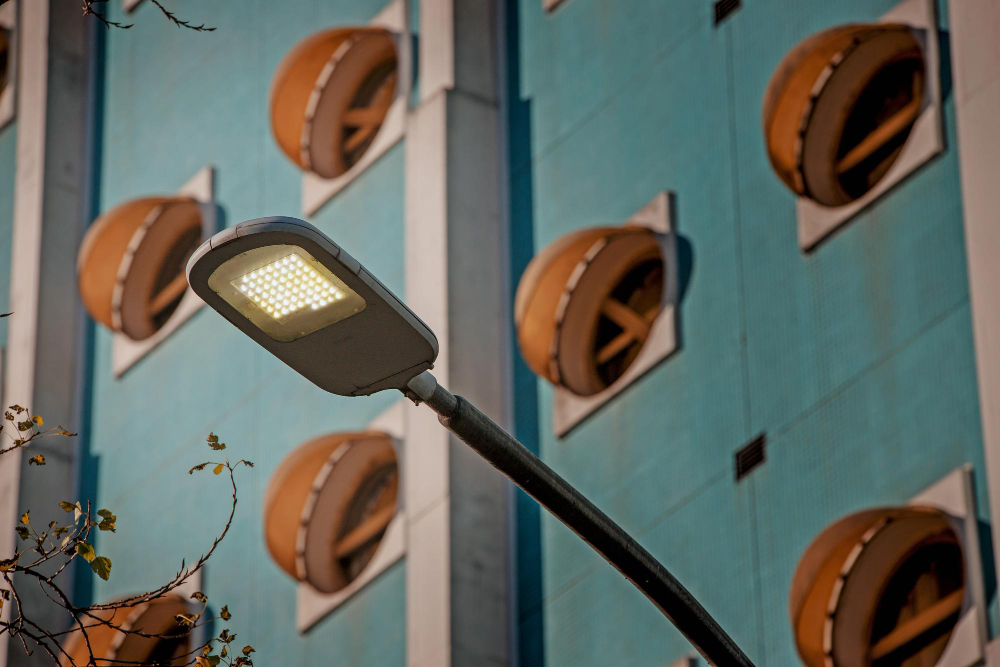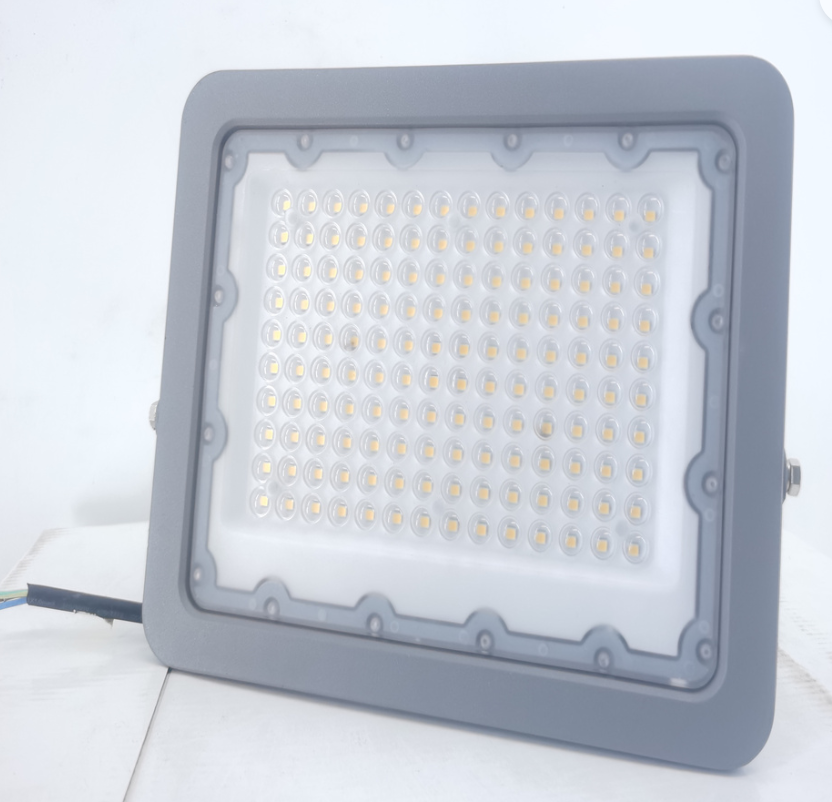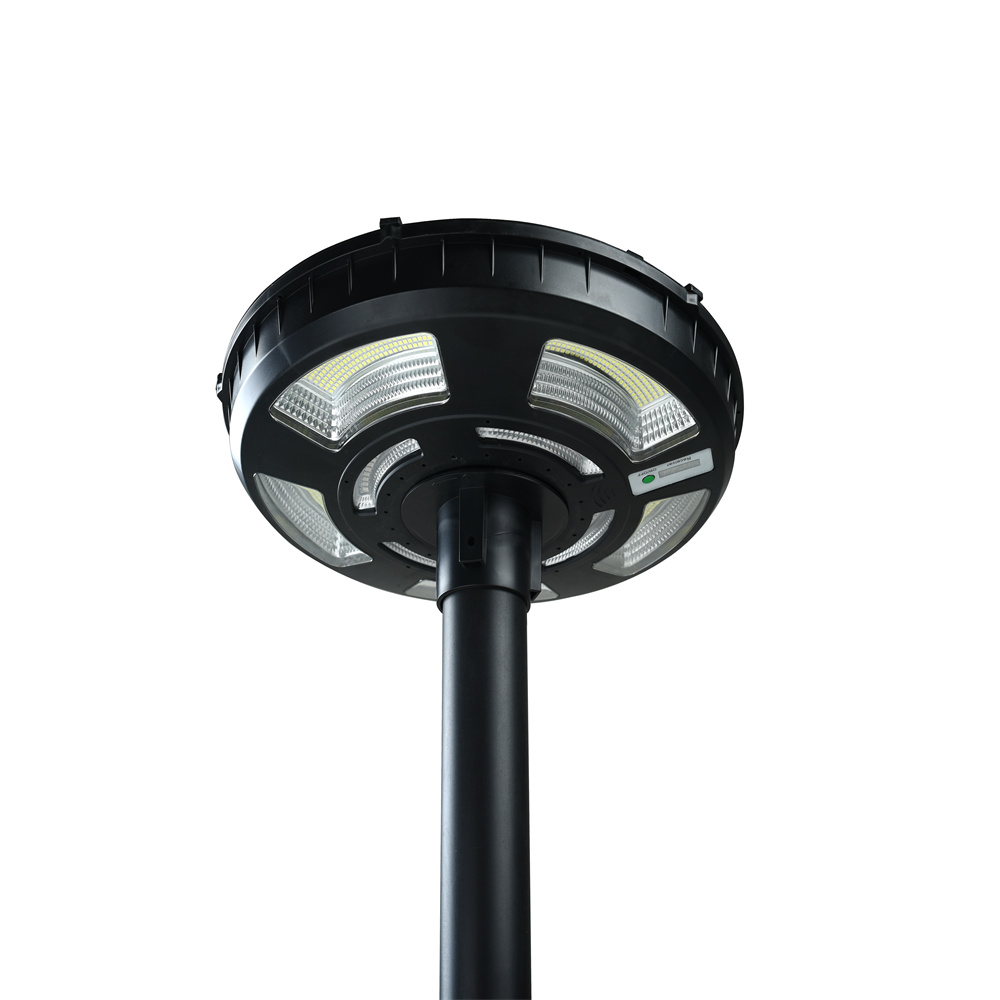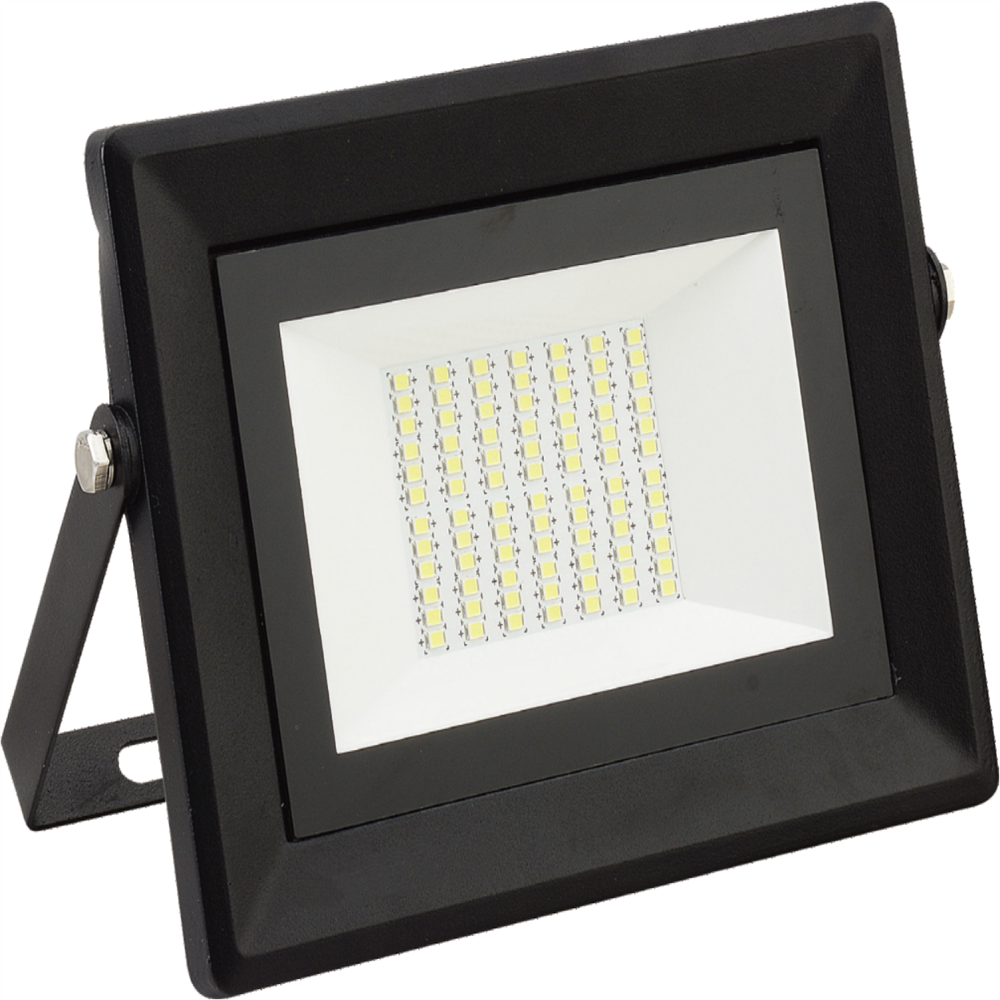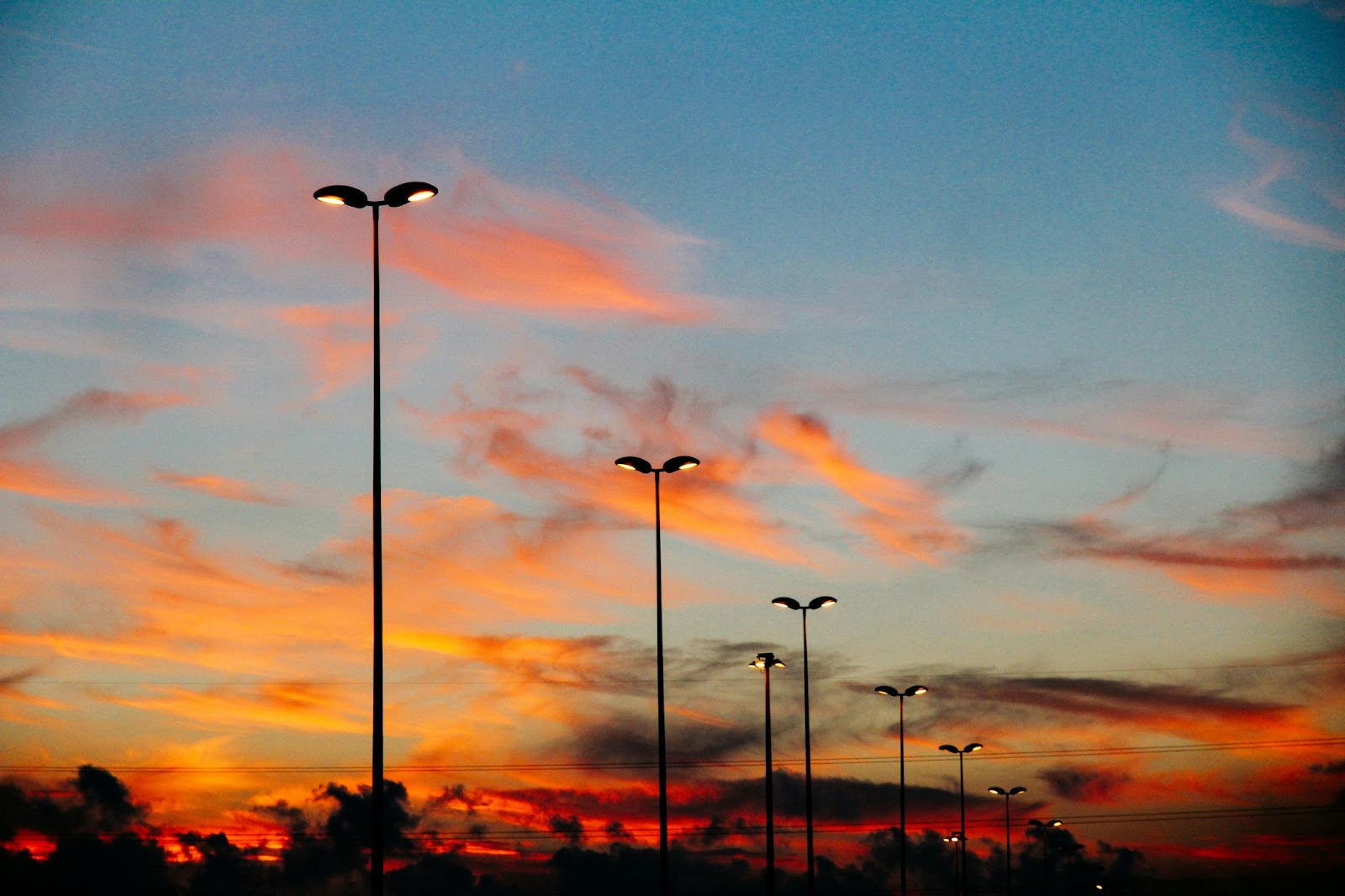Our LED lights offer energy efficiency, extended lifespan, precise light emission, and a cool and safe design. please read the following blog.
Selecting the right lighting for any space can be a challenge, but when it comes to lighting a gym, the task becomes particularly complex. Gyms come in various types, ranging from commercial facilities to home workout spaces. LED lights offer an ideal lighting solution suitable for all types of gyms.
Light-emitting diodes, commonly known as LEDs, have risen to prominence as the perfect choice for illuminating gym spaces. This article is dedicated to exploring the benefits of LED gym lighting, emphasizing its versatility, energy efficiency, and extended lifespan, which collectively contribute to the overall success of fitness facilities.
- Extended Lifespan
LED lights offer significantly longer lifespans when compared to other lighting options, such as fluorescent, metal halide, and sodium vapor lights. An LED can endure anywhere from 20,000 to 50,000 hours, surpassing its competitors in terms of longevity. In comparison to the once-dominant incandescent bulbs, LEDs last up to 50 times longer. This extended lifespan not only reduces your lighting expenses but also minimizes the need for frequent lamp replacements. Consequently, less maintenance is required for replacing lamps due to the prolonged life of LED lighting.
- Efficient Energy Usage
LED lights exhibit exceptional energy efficiency, outperforming other lighting types and standing as one of the most economical lighting choices in the market. When contrasted with fluorescent lights, sodium lights, metal halides, and incandescent lights, LEDs consistently excel in terms of both durability and energy conservation. These combined advantages position LEDs as the most cost-effective and practical lighting option for residences, buildings, and workplaces.
- Cool and Safe
In terms of safety, LEDs rank as one of the safest lighting options available. Traditional bulbs and lighting tubes often pose a safety hazard due to their heat emissions. Incandescent bulbs, for example, convert over 90% of their energy into heat, making them inefficient and potentially dangerous. In contrast, LEDs remain relatively cool throughout their usage, significantly enhancing safety and energy efficiency.
- Compact Design
LEDs feature a compact design that occupies less space compared to other lighting options. This compact size not only pertains to the LED lights themselves but also to the fixtures holding them. LED fixtures are smaller in comparison to those accommodating fluorescent tubes and incandescent bulbs. This reduced size allows for greater versatility, making LEDs suitable for various settings, including vehicles, living spaces, closets, sheds, crawlspaces, and other tight spaces.
- Precise Light Emission
LEDs emit light in a targeted manner, with their light emissions restricted to 180 degrees. In contrast, incandescent bulbs emit light in a full 360-degree circle. This focused emission proves advantageous when light fixtures are positioned against walls, or corners, or directed to illuminate specific areas. Incandescent bulbs, when placed in such positions, waste approximately half of their emitted light, as it radiates in unnecessary directions. In contrast, LEDs emit light evenly in a 180-degree arc, minimizing light wastage.
- Versatile and Adaptable
Whether you want to create a string of lights for your walls or doorways, arrange LEDs in vertical and horizontal sequences, or utilize them in small hand tool cases or clipboards for crafts, LEDs offer versatility and convenience. Beyond residential applications, LEDs can enhance lighting in various settings, ensuring efficient illumination.
When it comes to LED retrofitting and installation for homeowners and businesses, RRR Lighting stands out as the most trusted name. To learn more about how we can transform your home or building, contact us today.





